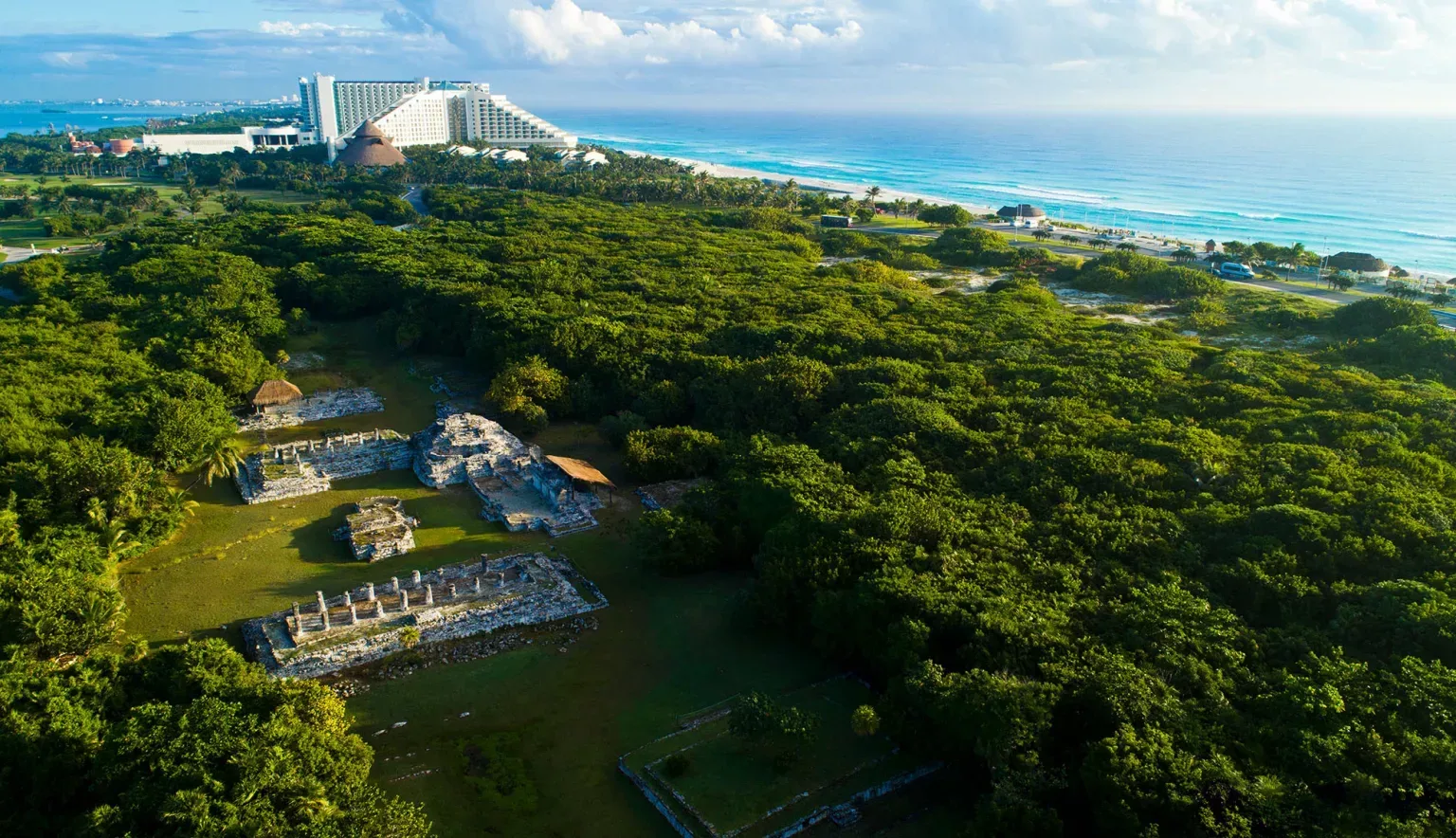With its idyllic beaches, lush tropical scenery, ancient Mayan ruins and lively nightlife, Quintana Roo really does offer something for everyone.
QUINTANA ROO
This Mexican state is located on the Yucatán Peninsula. It boasts 400 kilometres of white-sand beaches lapped by the azure Caribbean sea, while its northernmost tip juts out into the Gulf of Mexico.
Picture vibrant coral reefs and lush jungles; soft sand beaches and subterranean cave systems. Its offshore islands, such as Isla Mujeres, make for idyllic tropical escapes.
Understandably, the region is much visited by international tourists, and has been experiencing a development boom, with more and more luxury hotels being built every year. While this means there is no shortage of accommodation to choose from, the state must work hard to preserve its pristine natural environments. Luckily, it has an innovative and thriving conservation section. The Nature Conservancy and State Government of Quintana Roo recently set up a ‘Coastal Zone Management Trust’ to protect the coral reefs of the Mexican Caribbean.
Quintana Roo is known for its nightlife, with super-resorts such as Cancún renowned as party hotspots, followed by Tulum and Cozumel. Whether you’re interested in all night house parties, circus shows or sunset cocktails, you’ll find plenty of things to do once the sun goes down.
Another of the region’s many draws is its fascinating Mayan heritage. Visit the laidback capital of Chetumal for the intriguing Mayan Cultural Museum and to access Oxtankah, a timeworn Mayan city of temples and palaces, located on the coast. Tulum is the site of a pre-Columbian Mayan walled city, which offers stunning views across the Caribbean Sea.
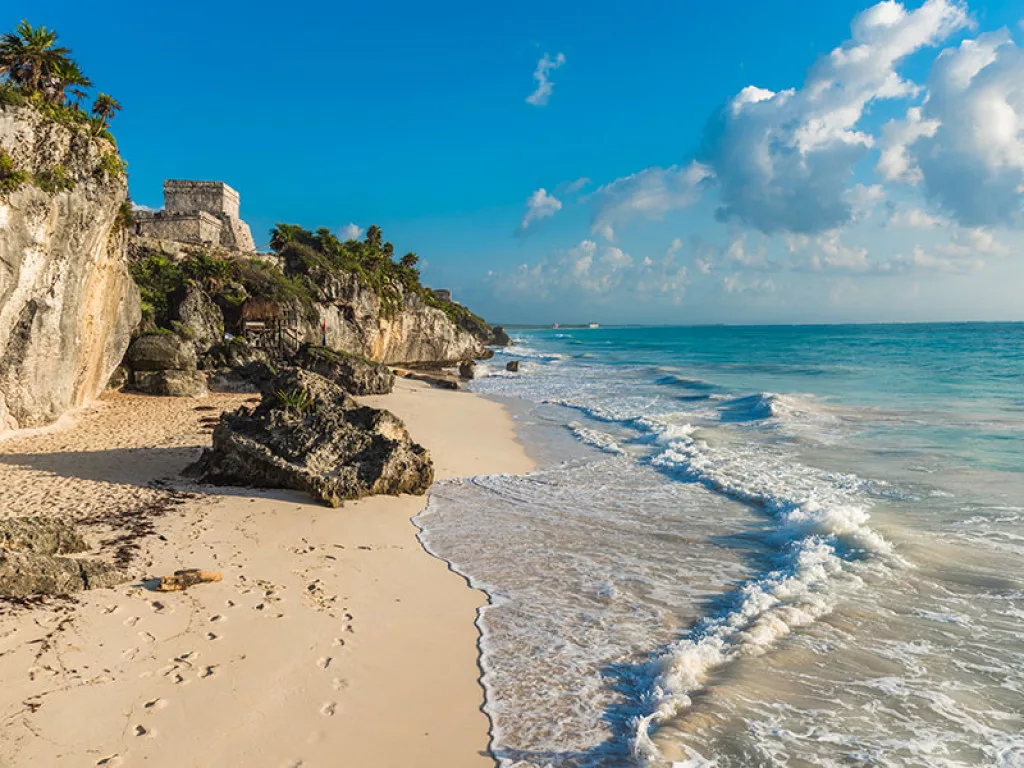
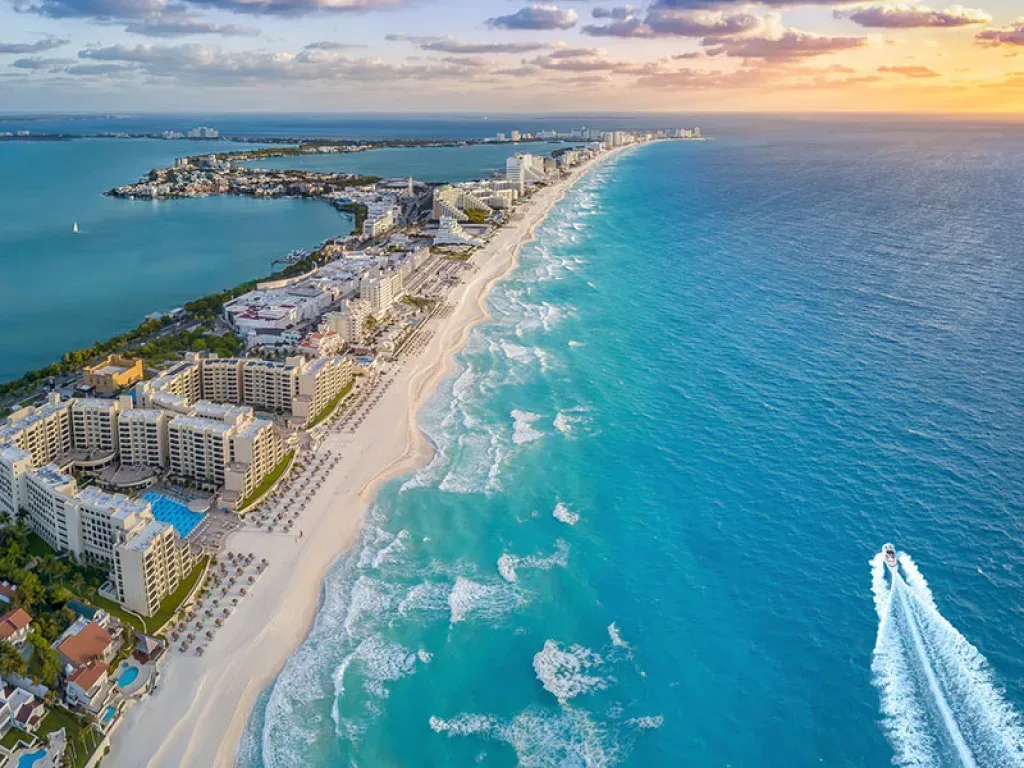
QUINTANA ROO TOURISM BOARD
The Quintana Roo Tourism Board (Consejo de Promoción Turística de Quintana Roo) was created to develop strategies to position and promote the Mexican Caribbean and all its destinations. The Mexican Caribbean is the umbrella that integrates two regional brands plus 12 tourist destinations.
This board is responsible for managing said brands, creating a unified strategy for its products and strengthening the unique attributes of the region through the development and implementation of actions in different areas, such as strategic planning, marketing, promotion and public relations. It seeks to achieve greater benefits for local communities, entrepreneurs, professionals, associations and the entire sector.
Outlook Travel spoke to Darío Flota, Director General of Quintana Roo Tourism Board, about the organisation and the destination it represents.
Q&A WITH DARIO FLOTA, DIRECTOR GENERAL, QUINTANA ROO TOURISM BOARD
What are your organisation’s current goals?
Darío Flota (DF): We aim to continue to inspire travellers from our top markets, regaining their trust and presenting our destinations as the best options to discover and explore now, while contributing to the sustainable development of the cities and communities in the state.
How has COVID-19 affected the tourism industry in Quintana Roo, and how are you helping local businesses recover?
DF: Quintana Roo is a state that heavily relies on tourism; for every peso earned in the state, 50 cents are produced by this industry. Tourism generates approximately four jobs per hotel room – the Mexican Caribbean has more than 100,000 rooms that represent approximately 450,000 jobs. Fortunately to this date, we have recovered over 50 percent of the jobs that were lost due to the pandemic.
We have been working on timely and assertive communication with all our audiences of interest and establishing strategies for each one: airlines; tour operators; hotel groups and associations; meeting planners; online travel booking platforms; and, of course, the visitor.
In April we launched the campaign “Paradise Can Wait”, followed by the campaign “Mexican Caribbean: The Best of Two Worlds” in May. At the end of June we launched an e-learning programme aimed at travel agents, available in six languages. In addition, we have participated in more than a hundred online work meetings and business meetings, dozens of webinars, panels and done multiple interviews with national and international media.
Congratulations on receiving the WTTC’s Safe Travel Stamp! What measures have you employed to ensure the safety of tourists?
DF: The reopening has been ordered and staggered to generate trust for both visitors and locals, following health security measures. Cancún was the first destination on the American continent to receive the Safe Travels’ global safety stamp approved by the World Travel & Tourism Council, which is the result of the efforts implemented by the state government during the ‘Mexican Caribbean Clean & Safe Check Certification’.
This certification programme, available for all the companies in the tourism industry, aims to maintain the highest sanitary measures for the prevention and containment of COVID-19 and generate confidence among travellers, partners, and the community.
Over 7,000 companies to date have applied for the certification, which reaffirms the commitment of the destinations to the safety and health of our visitors.
How do you promote off-season travel (i.e. during rainy season)?
DF: Even if travellers come for the pristine beaches and turquoise waters, they will be surprised to find an extensive array of outdoor activities that can be done in all types of weather. For example, cenotes are great because they can be enjoyed even when it is raining, where the water has a consistent temperature all year round. Travellers are encouraged to visit nearby cities and communities as well as archaeological sites, which are a good option rain or shine. We have a dozen archaeological sites in the Mexican Caribbean.
With so many attractions and parks, it really comes down to what the visitor is looking for.
Seasoned travellers usually book their vacations during off-season, taking advantage of lower rates and undisturbed landscapes.
Are there any interesting projects in the pipeline you wish to highlight?
DF: The Mexican Caribbean attracts new investors every year, and in 2021 will open recognised hotels like Planet Hollywood Beach Resort Cancún, Planet Hollywood Adult Scene Cancún -Costa Mujeres, Nickelodeon Hotel & Resort Riviera Maya, Margaritaville Island Reserve Riviera Cancun by Karisma, Waldorf Astoria Cancun and some other properties in Isla Mujeres, Puerto Morelos, Costa Mujeres and Tulum.
Why, in your opinion, should someone visit Quintana Roo?
DF: As social distancing changes the way we travel, the Mexican Caribbean stands out as a safe and comfortable region owing to its wealth of activities and sights, many of which are naturally socially distanced among an iconic landscape of sea and shore. It also has incredible natural themed parks, cenotes, caverns, spas and offers unmatched culinary experiences.
It has one of the most connected airports in Mexico, receiving flights from the United States, Canada, Europe, and other cities in the country. From north to south, it has more than 100,000 hotel rooms to accommodate all kinds of travellers.
What trends are transforming the tourism industry in Quintana Roo and how are you utilising them?
DF: Along with a surge of eco-hotels, recycling standards, and immersive nature tours, the growing eco-tourism movement thrives in the Mexican Caribbean.
For us responsible tourism is a priority – we are directing our efforts to promote activities that have a lesser impact on the natural environment. Visitors are invited to identify and take part in experiences that not only highlight the customs and traditions of the destinations but also emphasise the importance of the environment, contributing at the same time to the wellbeing of the community.
Various tourist suppliers dedicate their efforts to highlighting the attributes of the region, especially its magnificent natural settings in destinations like Maya Ka’an and Grand Costa Maya, with tours and activities that go from a walk surrounded by lush flora in the middle of the jungle, swimming in the turquoise waters, to personalised experiences for smaller groups alongside local communities.
Are you optimistic about the future of the tourism industry in Quintana Roo?
DF: We have seen a rise on the number of flights and reservations for the upcoming months, so we are hopeful. Cancún International Airport has continued to see an increase in flights since the reopening in June, reaching a new peak every month, proving the continued interest of travellers worldwide.
The traveller is now more than ever looking for places to disconnect and relax, and our destinations offer a wide variety of options. This type of traveller also chooses destinations which they have visited before because it gives them trust. It should be noted that 55 percent of the tourists who have arrive here are repeat visitors. They recognise the quality of the services and have confidence in our destinations.

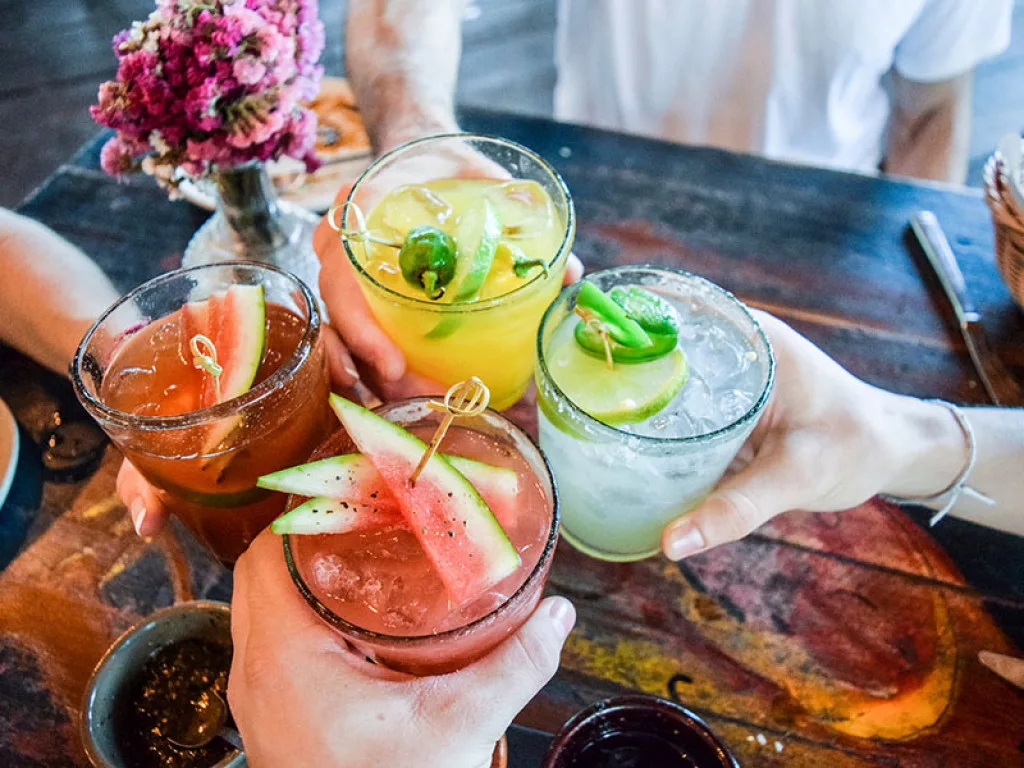
OUTLOOK RECOMMENDS
EAT:
For a unique fine dining experience in an underground cave…
For Caribbean seafood and authentic Mexican cuisine…
SLEEP:
For all-inclusive luxury right on the beach…
Grand Royal Park Cancún offers everything you could possibly need for a relaxing holiday – two lagoon-like pools, a spa and yoga studio, four tasty restaurants, all-day meals and snacks, and a loaded activity programme including watersports. What’s not to love?
For upmarket island accommodation…
Grand Royal Park Cozumel offers upmarket and upbeat all-inclusive accommodation on the island of Cozumel. The resort features a secluded beach club, accessible through a private underpass from the main garden, two infinity pools, two partying deck lounges and onsite fine dining.
PARTY:
For an outdoor house music party…
For spectacular shows and wild parties…
CANCUN IN FOCUS
One of Quintana Roo’s most visited destinations, Cancún is a mecca for beach lovers, attracting sun-seeking tourists in droves. The beaches that stretch out on either side of the resort are lapped by stunning aquamarine waters – travel north of the city centre to Isla Blanca for the least developed stretch of coastline.
Cancún is rightfully renowned for being a party resort – it has one of the best nightlife scenes in Latin America. The City, a nightlife complex of 8,000 square feet, has nine bars spread over three floors. It is known for its fantastic sound and lighting rig, as well as its roster of top international DJs and performers. Coco Bongo has a nightly fiesta, which kicks off with acrobats and tribute bands, and ends with a three hour DJ session. Oh, and there’s a free bar.
If you aren’t a party animal there are lots of other night time options available. Head out for a delicious Mexican meal, washed down with a cold margarita. You can also take an evening boat tour around the hotel zone and the Nichupte Lagoon, enjoying the city lights from a distance. It is also possible to visit the adventure-filled Xplor Cancun Park during the evenings – go ziplining or kayaking by the light of the stars and fiery torches.
Cancún also has a quieter, more cultural side. Once you tire of the beaches and the nightclubs, this is a great place to find out more about the ancient Mayans that once lived in the area. The Museo Maya de Cancún displays some 400 Maya artifacts on display, while the adjacent San Miguelito archaeological site is also worth visiting. Just south of the city you’ll find El Rey, which has a small temple and a couple of ceremonial platforms.
Being located on the coast, there are an array of outdoor activities for the whole family to enjoy, from kayaking to kiteboarding. There are some great diving and snorkelling sites, including a unique underwater sculpture museum. Outdoor enthusiasts will enjoy taking a day trip to nearby Isla Contoy – this uninhabited island offers decent hiking, birdwatching and snorkelling opportunities.
LANDMARK ATTRACTIONS
Isla Mujeres
This picture-perfect island lies offshore from Cancún, and offers a quieter, more relaxed vacation. Enjoy scuba diving and snorkelling in its gorgeous aquamarine waters, or simply laze on one of the gorgeous beaches. The island has plenty of upmarket dining and accommodation options, and is an affordable option for those wanting a tropical island getaway.
Tulum Ruins
Tulum was one of the last cities built by the Maya, but now it lies in ruins (near the modern resort of Tulum). The ruins of this Pre-Columbian city are situated atop 12-metre high cliffs, with jaw-dropping views of the surrounding Yucatán Peninsula.
Maya Ka’an
Maya Ka’an is Quintana Roo’s best-kept secret, an ecotourism destination comprised of a string of indigenous communities, surrounded by untouched beaches and jungle. Its sustainable, off-grid status allows visitors to really switch off and become immersed in local culture. Activities on offer include visiting the Cave of Hanging Serpents or following the same kayaking route once used by ancient Mayans.
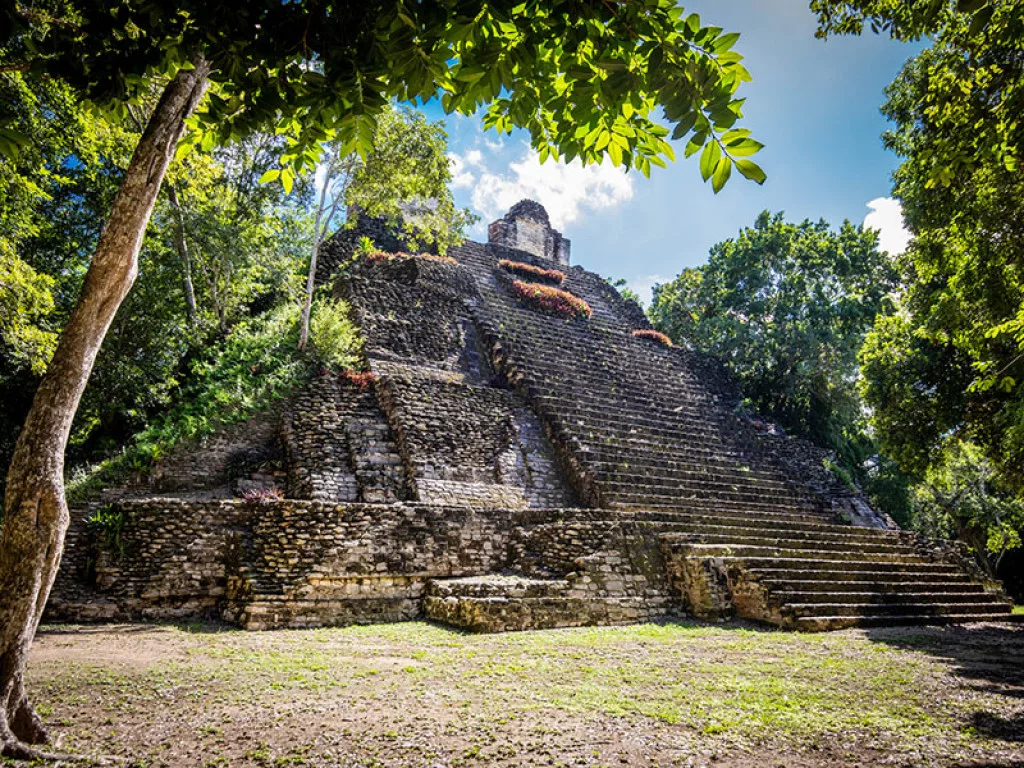
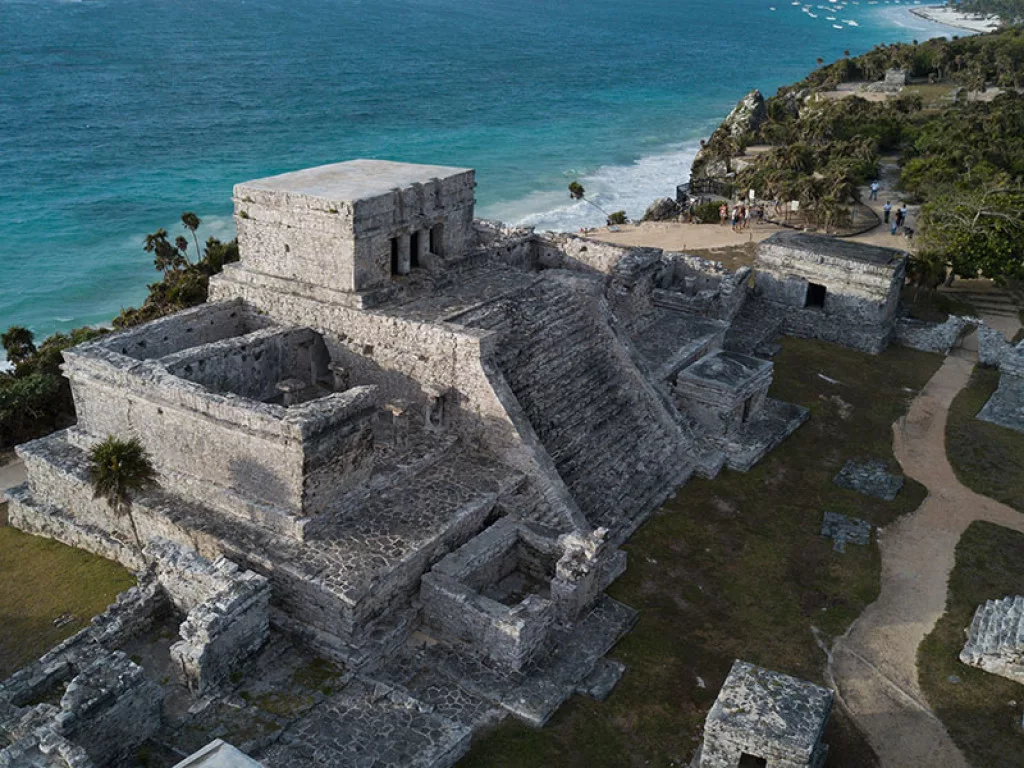
GETTING THERE AND AROUND
The region is well-served by major international airports – in Cancún, Chetumal and Cozumel – as well as smaller domestic airports. Cancún International Airport is the largest. It is one of the busiest airports in the Caribbean, handling 25,481,989 passengers across 2019.
44 airlines fly to 114 destinations across the Americas, Europe and Asia.
The route with the most departures is to Mexico City, meaning that business travellers to Mexico’s capital can easily incorporate a few days of leisure in Quintana Roo into their schedules.
The best way to get around once in Quintana Roo is by renting a car. The roads are good quality and driving conditions are fairly safe. If you don’t want to drive, Quintana Roo has an excellent network of air conditioned buses that connect to all the major tourist destinations in the region. To visit the region’s islands, take a ferry – it’s a relaxing way to travel.
Many of the cities in the region, such as Cancún, have extensive and affordable public bus networks. It is also possible to get a taxi, if you want to travel to a destination more comfortably and quickly.


